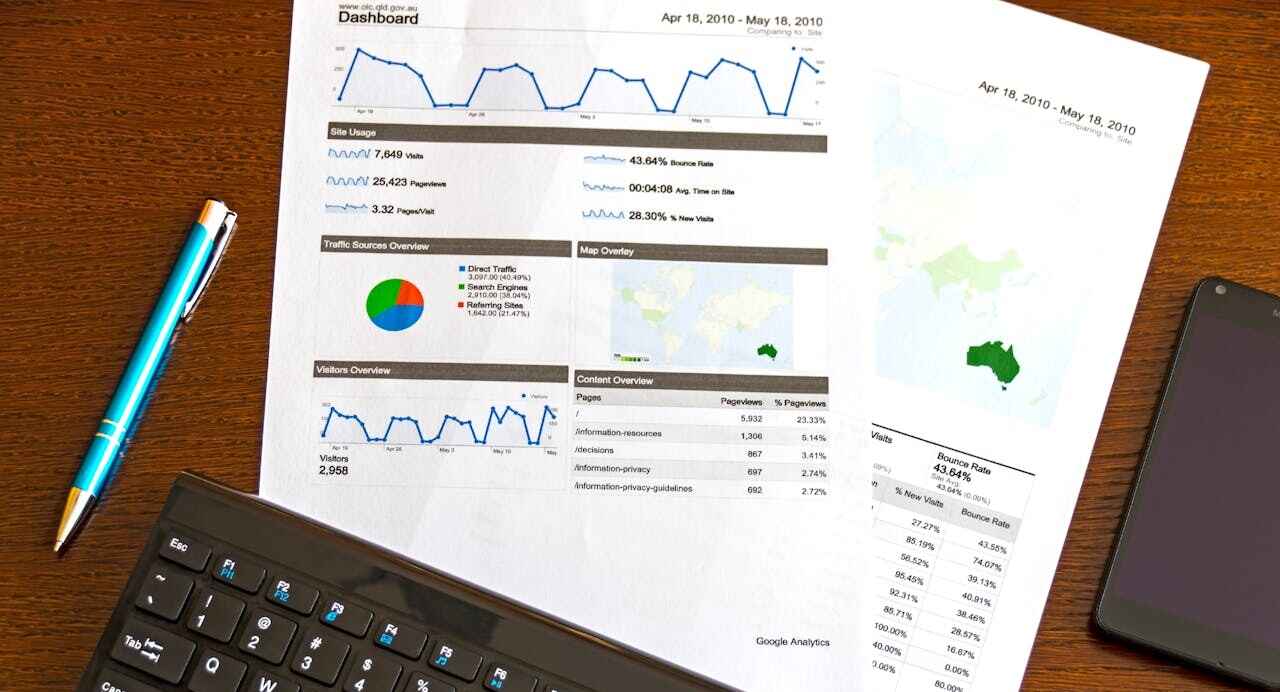In the digital age, attracting traffic to your website is only half the battle. The true challenge lies in converting that traffic into committed buyers. Many businesses find themselves stuck at the juncture where plentiful site visits do not necessarily equate to a proportional increase in sales. This blog will delve into effective strategies and smart tactics that can transform mere browsers into actual buyers, ensuring that your digital traffic translates into tangible revenue.
Understanding Visitor Behavior
Analyzing Traffic Sources
The first step in optimizing your conversion rate is understanding where your traffic is coming from. Different sources—such as organic search, paid ads, social media, and email marketing—often yield varying levels of engagement and intent. By employing analytics tools like Google Analytics, you can segment your traffic and tailor your strategies accordingly.
Identifying User Intent
Visitor intent can vary widely. Some visitors are in the exploration phase, possibly at the beginning of their buyer’s journey, while others may be ready to purchase. Identifying these intents through search query analysis, behavior flow within your site, and page engagement metrics can help you customize experiences that are more likely to lead to sales.
Optimizing the User Experience (UX)
Streamlining Navigation
A key element in converting visitors to buyers is ensuring that your website is easy to navigate. A clean, intuitive design helps users find what they’re looking for without frustration. Consider implementing breadcrumb navigation and a robust search function to aid in this process.
Enhancing Website Speed
Page load times are critical. Statistics show that pages that load within two seconds have an average conversion rate three times higher than those that take five seconds or more. Tools like Google PageSpeed Insights can provide insights and recommendations for speeding up your website.
Mobile Optimization
With over half of all internet traffic coming from mobile devices, your website must perform flawlessly on smartphones and tablets. Responsive design and mobile-first strategies ensure that users have a positive experience, regardless of the device used.
Leveraging Content Marketing
Educating Your Audience
High-quality, relevant content can attract the right kind of traffic and increase your site’s credibility. Educational blog posts, videos, infographics, and downloadable guides can help move users through the sales funnel by providing valuable information that addresses their needs and pain points.
Using Persuasive Copywriting
The text on your website plays a crucial role in conversion. Persuasive copywriting should highlight the benefits of your products or services, address potential objections, and include strong calls to action (CTAs). Each piece of content should aim to persuade visitors and guide them toward making a purchase.
Implementing Effective Marketing Strategies
SEO Strategies
Search Engine Optimization (SEO) enhances your site’s visibility for relevant queries. Focus on keyword optimization, high-quality content, and a strong backlink profile to improve your organic search rankings, which can lead to higher traffic and better conversion rates.
Email Marketing
Email marketing remains one of the most effective ways to engage with potential and existing customers. Personalized emails based on user behavior and preferences can drive conversions, especially when combined with special offers and segmented lists.
Social Proof and Reviews
Implementing social proof through customer testimonials, case studies, and user reviews can significantly impact buying decisions. Displaying these prominently on your site can enhance credibility and trust, encouraging conversions.
Utilizing Technology to Enhance Sales
Chatbots and AI
Integrating AI-driven chatbots can improve user engagement and provide instant assistance to visitors. By answering frequently asked questions and guiding users through the purchase process, chatbots can enhance the shopping experience and boost conversion rates.
Personalization Engines
Using AI to personalize website experiences can lead to significant improvements in conversion rates. Personalization can range from recommending products based on past behavior to customizing content and offers for individual users.
Monitoring and Optimizing Conversion Rates
A/B Testing
Regular A/B testing of different elements on your site, such as CTA buttons, landing pages, and email campaigns, can provide valuable insights into what works best for your audience. This continuous improvement cycle allows you to refine your approach and increase your conversion rates over time.
Conversion Rate Optimization (CRO)
Implementing a structured CRO program involves hypothesizing, testing, and optimizing various elements of your website to maximize the percentage of visitors who complete a desired action, such as making a purchase or signing up for a newsletter.
FAQs
Q1: What is a good conversion rate for my website?
Conversion rates can vary by industry, but a good benchmark is typically around 2-3%. However, always aim to surpass the average of your specific sector.
Q2: How often should I update my website content?
Regular updates are crucial, not only for SEO purposes but also to keep your audience engaged. Aim to update your blog at least once a week and review core pages every few months.
Q3: Can social media impact my site’s conversion rates?
Absolutely. Social media can drive targeted traffic to your site and increase brand engagement, which in turn can boost your conversion rates. It’s also a platform for leveraging social proof through user-generated content and reviews.
Q4: How important are customer reviews for conversion?
Very important. Approximately 90% of consumers read online reviews before visiting a business, and most trust these as much as personal recommendations.
Q5: What is the best way to reduce cart abandonment?
Streamlining the checkout process, providing multiple payment options, and reassuring customers with clear return policies and security badges can significantly reduce cart abandonment rates.
By implementing these strategies, businesses can not only attract visitors but also effectively convert them into loyal customers, maximizing the return on their digital investments. Whether through enhancing user experience, employing advanced marketing techniques, or leveraging the latest technologies, the goal remains the same: turning browsers into buyers.


